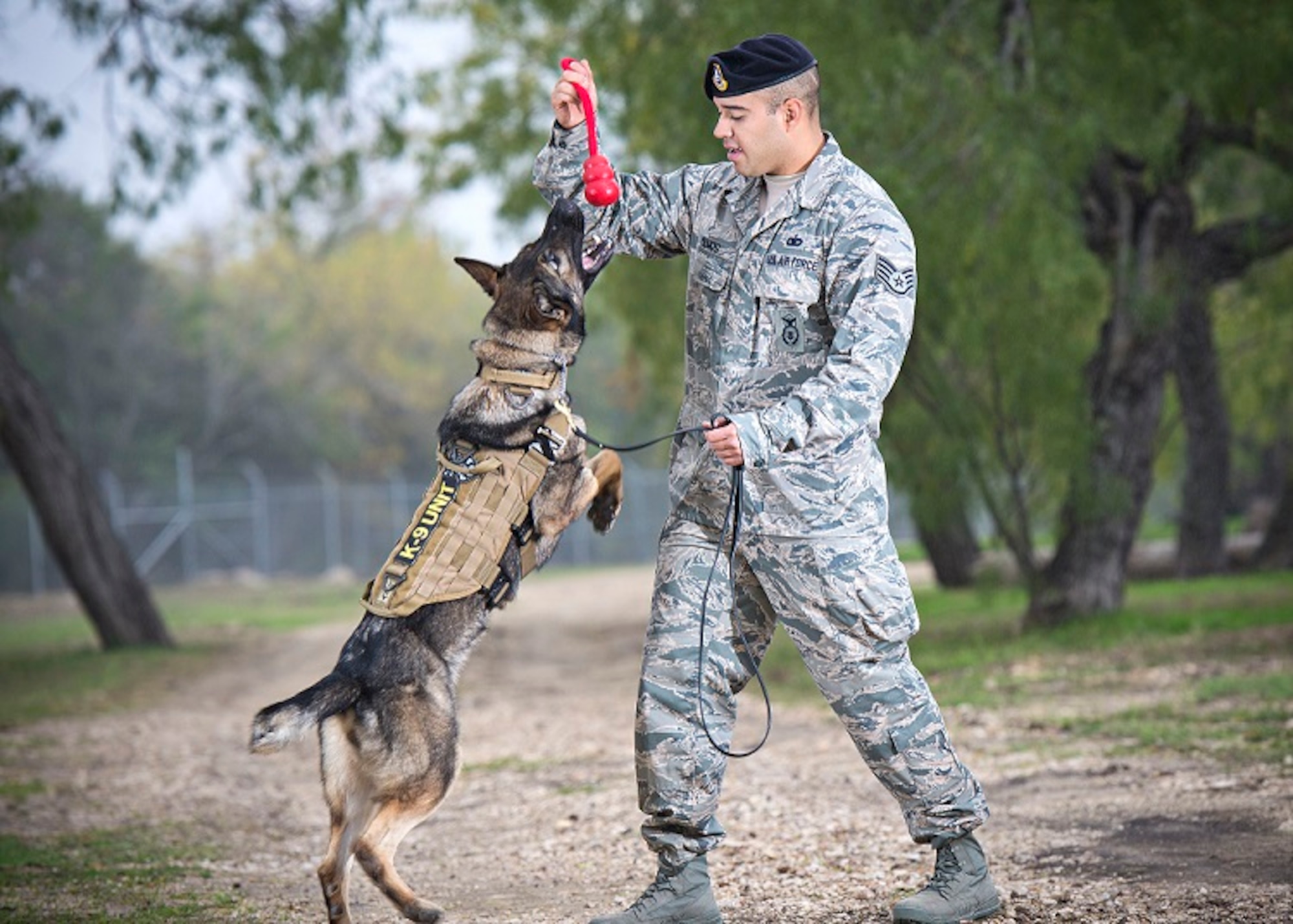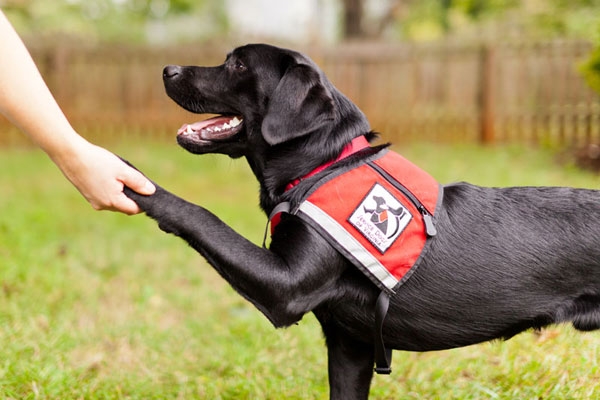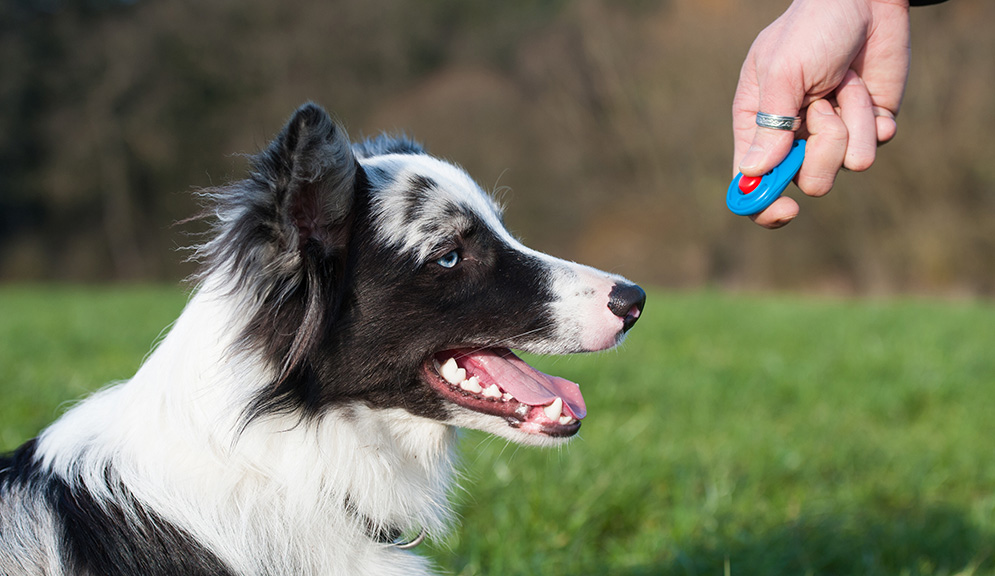Leading Dog Training Strategies Every Proprietor Must Know
Among the most prominent techniques are positive support, clicker training, and leash training, each offering unique benefits that contribute to a mannerly dog. As we check out these basic methods, it comes to be noticeable that grasping their nuances can dramatically influence the training experience and the dog's general behavior.
Favorable Reinforcement Methods
Making use of positive reinforcement strategies is necessary for effective pet training, as it promotes a trusting bond in between the pet dog and the fitness instructor. This approach concentrates on rewarding preferable actions instead of punishing undesirable ones, developing an atmosphere conducive to learning. Benefits can consist of deals with, appreciation, or play, which motivate canines to duplicate the habits that make them these benefits.
Favorable reinforcement is rooted in the principles of operant conditioning, where actions is influenced by its effects. By continually gratifying certain activities, fitness instructors can shape a pet dog's habits gradually. For example, a dog that rests on command and gets a treat is much more likely to duplicate that habits in the future.
In addition, this strategy boosts the pet's interest for training sessions. They are extra engaged and responsive when dogs link training with positive experiences. Past immediate behavior modification, favorable support encourages a joint relationship in between the canine and instructor, lowering anxiety and worry.
To take full advantage of effectiveness, it is essential to deliver incentives promptly, ensuring the dog links the habits with the reinforcement. In significance, favorable reinforcement methods not only generate better-trained dogs yet additionally promote an unified collaboration between pet dog and owner.
Remote Control Training Approach
The remote control training technique is a highly efficient technique that develops upon the concepts of favorable reinforcement by including a distinct noise to mark desired habits. This technique uses a small handheld tool that creates a clicking audio, permitting instructors to connect with their pet dogs in a prompt and clear fashion. When a dog carries out a habits that the owner desires to motivate, the clicker is activated, adhered to by an incentive, generally in the form of treats or appreciation.
The key to effective remote control training depends on uniformity and timing. It is important to click at the precise minute the preferred actions happens, making sure that the pet dog connects the audio with the action and the subsequent benefit. This method not only enhances interaction but additionally cultivates a more powerful bond between the proprietor and the pet, as it urges engagement and interaction during training sessions.
Clicker training can be used to a range of commands and behaviors, from standard obedience to more intricate methods. Its versatility and performance make it a popular method amongst expert instructors and pet owners alike, leading the means for a receptive and trained canine companion.

Leash Training Fundamentals
Efficient leash training is vital for ensuring a risk-free and satisfying walking experience for both canines and their owners. A flat collar may function for some pets, while others may benefit from a harness that lowers drawing.
Introduce your canine to the leash slowly, permitting them to explore it in a comfy atmosphere. Practice loose-leash walking once they are accustomed. This includes fulfilling your dog for walking close to you instead of pulling ahead. Usage deals with and praise to strengthen wanted habits, and make sure to remain assertive and tranquil.
If your canine begins to pull, quit walking instantly. Wait until they go back to your side before returning to. This shows them that drawing does not cause advance. In addition, practice different walking atmospheres to assist your pet adapt to diversions.
Normal method will strengthen your pet dog's understanding of leash etiquette. Bear in mind that chain training is a recurring process; patience and consistency will yield the very best outcomes, fostering a look at more info positive experience for both you and your canine companion.
Socializing Methods
Socialization is an important aspect of pet training that should ideally begin throughout puppyhood however can be valuable at any age. Reliable socialization aids canines establish self-confidence and minimizes the probability of behavior problems. To execute effective socializing strategies, reveal your canine to a selection of settings, individuals, and other animals.

Beginning with controlled setups, such as puppy courses or organized playgroups, where young pet dogs can connect securely. Slowly introduce your canine to new experiences, including various noises, surface areas, and activities. Make sure these encounters are favorable and gratifying to develop a complacency.
For adult pet dogs or those lacking direct exposure, begin with low-stress situations. Short, positive interactions with pleasant humans and calm pet dogs can develop favorable associations - Dog training. Utilize deals with and praise to enhance desirable actions during these experiences
Monitoring your pet dog's body movement is essential; signs of fear or aggressiveness must be resolved quickly, either by getting rid of the dog from the situation or rerouting its focus. Consistently subjecting your dog to varied stimulations will cultivate adaptability, making it a well-rounded companion capable of growing in numerous setups.
Consistency and Perseverance
Identifying the value of uniformity and perseverance in pet dog training is essential for achieving enduring outcomes. Educating a pet dog is a steady process that calls for a structured method and unwavering dedication from the owner. Each command or actions have to be strengthened consistently to aid the pet dog recognize what is expected of them. Irregular training can result in confusion, making it challenging for index the pet dog to grasp commands or habits, eventually impeding progress.
Furthermore, patience is a crucial part of effective training. Dogs, like people, find out at their own rate. Some may realize principles swiftly, while others could take longer. It is vital for proprietors to remain supportive and tranquil, reinforcing favorable actions without considering stress or punishment. This promotes a trusting partnership in between the pet dog and proprietor, urging a more enthusiastic and willing learner.
To cultivate uniformity and perseverance, establish a regular training routine, utilize the very same commands, and make certain that all member of the family use the exact same training concepts - Dog training. By doing so, you develop a stable atmosphere conducive to learning, allowing your pet dog to establish and prosper right into a well-behaved companion

Final Thought
In verdict, reliable pet dog training techniques, such as positive reinforcement, remote control training, and appropriate chain training, are necessary for fostering a healthy Website and balanced owner-dog connection. Additionally, applying socializing techniques and maintaining uniformity and perseverance throughout the training procedure adds dramatically to a canine's total wellness. By integrating these approaches, pet proprietors can promote the advancement of well-adjusted, obedient pets, eventually boosting the lifestyle for both the owner and the pet.
Among the most famous techniques are favorable support, clicker training, and leash training, each offering distinct advantages that add to a mannerly pet dog. As we discover these basic methods, it ends up being apparent that grasping their nuances can dramatically impact the training experience and the pet dog's overall habits.Using positive support strategies is crucial for reliable dog training, as it fosters a trusting bond between the pet and the trainer.In conclusion, effective canine training methods, such as positive support, remote control training, and appropriate leash training, are crucial for cultivating a healthy and balanced owner-dog partnership. By integrating these techniques, dog proprietors can help with the growth of well-adjusted, obedient pets, ultimately improving the top quality of life for both the pet and the proprietor.